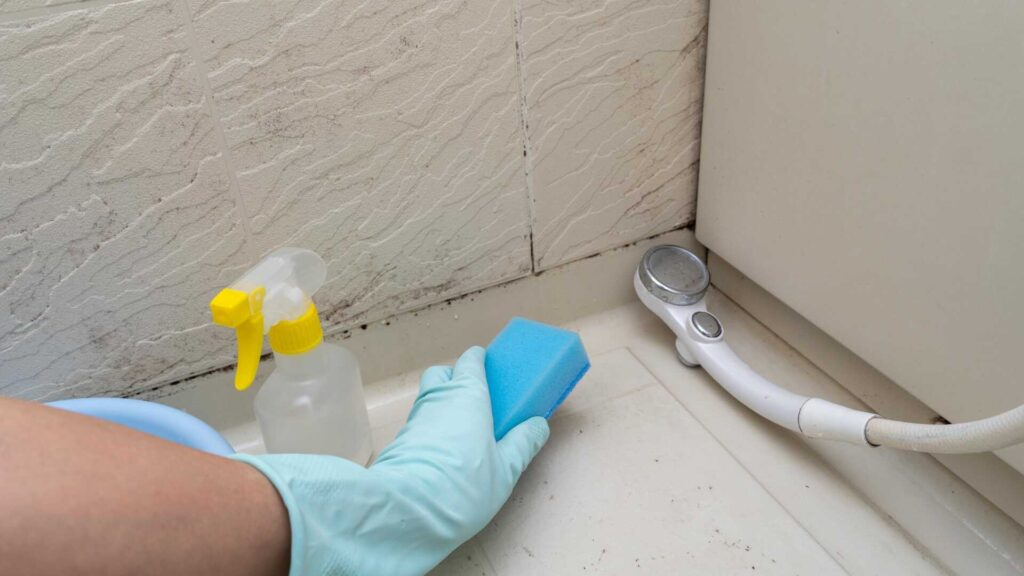
Contents
When faced with such water damage, it’s vital to know the most effective cleanup techniques to ensure safety and prevent further damage. You might wonder what steps you should take first and how to handle the cleanup process efficiently. Understanding the systematic approach to sewage cleanup can make all the difference in restoring your space safely and effectively. Let’s explore the essential techniques that can help you navigate this challenging situation.
Key Takeaways
- Conduct a thorough inspection of affected areas to identify visible and hidden damage, especially in porous materials.
- Establish containment measures to prevent contamination spread and ensure proper ventilation during the cleanup process.
- Utilize appropriate water extraction methods, including pumping systems for large volumes and vacuum extraction for smaller areas.
- Clean and disinfect surfaces with EPA-approved chemical disinfectants, focusing on high-touch areas for sanitation.
- Evaluate structural damage and implement prevention measures, such as installing sump pumps and maintaining drainage systems, to avoid future issues.
Assessing the Damage
When dealing with sewage cleanup, evaluating the damage is your first essential step. This damage evaluation sets the foundation for effective remediation.
Begin by conducting a thorough inspection of the affected areas. You’ll want to assess both visible and hidden damage, as sewage can seep into walls, flooring, and other structures, complicating the cleanup process.
During your inspection procedures, look for signs of water contamination, such as discoloration, odor, and structural integrity issues. Pay close attention to porous materials like drywall, carpet, and insulation, as these can absorb sewage and harbor harmful bacteria. Use moisture meters to gauge levels within materials and identify pockets of water that may not be immediately apparent.
Documenting your findings is vital. Take detailed notes and photographs of the affected areas, as this can aid in understanding the extent of the damage and assist with insurance claims if necessary.
Evaluate the potential impact on your health and safety, considering the presence of pathogens and toxins in sewage.
Once you’ve completed your damage evaluation, prioritize the areas that require immediate attention. This structured approach helps you understand the scope of the problem and reinforces a sense of community with others facing similar challenges.
Containment and Safety Measures
Effective containment and safety measures are essential during sewage cleanup to prevent further contamination and protect your health. When dealing with sewage, you must prioritize personal protective equipment (PPE) and maintain air quality throughout the process.
First, set up physical barriers to contain the sewage-affected area. This keeps the contamination from spreading and ensures that only trained personnel enter. Use heavy-duty plastic sheeting or containment walls to seal off the area. Additionally, it ensures proper ventilation to maintain air quality, which can be compromised due to hazardous fumes.
Next, equip yourself and your team with appropriate PPE. This includes gloves, masks, goggles, and waterproof clothing. Proper gear minimizes your exposure to harmful pathogens and chemicals found in sewage.
Here’s a summary of key containment and safety measures:
| Measure | Description | Purpose |
|---|---|---|
| Physical Barriers | Use plastic sheeting or walls | Prevents spread of contamination |
| Ventilation | Ensure airflow with fans or open windows | Maintains air quality |
| Personal Protective Equipment | Use gloves, masks, goggles, waterproof clothing | Protects against pathogens and chemicals |
Effective Water Extraction Methods
Proper water extraction is fundamental for minimizing damage and preventing long-term issues following a sewage incident. By employing effective techniques, you can ensure a thorough and efficient removal of contaminated water. Two primary methods for water extraction are pumping systems and vacuum extraction.
Pumping systems are ideal for large volumes of water. These systems utilize powerful pumps to remove water quickly, reducing the risk of further structural damage. When using a pumping system, it’s imperative to assess the volume and type of sewage water involved. You’ll want to choose a pump that can handle the specific conditions of your situation.
Be certain to monitor the pumping process closely, as fluctuations in water levels can require adjustments in your approach.
On the other hand, vacuum extraction is an excellent choice for smaller areas or more delicate environments. This method employs specialized vacuum pumps to extract water, along with some debris, from carpets, floors, and other surfaces.
With vacuum extraction, you can achieve a more targeted approach, ensuring that you capture residual moisture that might lead to mold or mildew growth later.
Whichever method you choose, it’s essential to act swiftly. The sooner you initiate water extraction, the better your chances of mitigating damage and preserving the integrity of your property.
Cleaning and Disinfecting Surfaces
After successfully extracting contaminated water, the next essential step involves cleaning and disinfecting surfaces to eliminate harmful pathogens and prevent future health risks. You need to approach this process systematically, making certain that every affected area is thoroughly sanitized.
Start by removing any debris or residue from the surfaces. Use appropriate tools, such as mops and scrub brushes, that can effectively tackle stubborn grime.
Once surfaces are cleared, it’s time for surface sanitization. Select chemical disinfectants that are EPA-approved for sewage contamination. These products are designed specifically to kill bacteria, viruses, and fungi that may be present. Always read the label for proper dilution ratios and contact times, as these factors are vital for effective disinfection.
When applying the disinfectant, be sure to cover all surfaces uniformly. Pay special attention to high-touch areas such as doorknobs, light switches, and countertops. Allow the disinfectant to sit for the recommended time before wiping it away. This dwell time is important, as it maximizes the disinfectant’s effectiveness.
After disinfecting, rinse surfaces if required by the product instructions. Then, allow the surfaces to air dry completely. This step ensures thorough disinfection and helps to prevent the growth of mold and bacteria.
Final Restoration and Prevention
Once you’ve cleaned and disinfected the affected areas, it’s vital to focus on final restoration and prevention to ensure your space is safe and functional.
Start by evaluating the damage to structural elements like walls, flooring, and insulation. You may need to employ restoration techniques such as replacing drywall, treating or replacing flooring, and making sure all materials are thoroughly dried to prevent mold growth.
Next, inspect your plumbing system. Leaks or improper drainage can lead to future issues. Make repairs as necessary and consider upgrading to more resilient materials that withstand water exposure better.
Incorporating prevention strategies is imperative. Install sump pumps in basements, especially if flooding is common in your area. You might also want to invest in backflow valves to prevent sewage from entering your home during heavy rains.
Regularly maintain gutters and downspouts to ensure proper drainage away from your foundation.
Finally, consider waterproofing your basement or crawl spaces. This will protect against future water damage and enhance your home’s overall value.
Review
Mastering sewage cleanup techniques is essential for effective water damage restoration. Consider a hypothetical case where a family faced extensive water damage after a sewage backup. By promptly evaluating the damage, containing the area, and employing efficient extraction and cleaning methods, they minimized health risks and structural harm. Implementing preventative measures like a sump pump restored their home and safeguarded them against future incidents. Taking these steps ensures a thorough, safe, and lasting resolution.
Recent Posts
Mastering Biohazard Sewage Cleanup Techniques
Is it really worth the risk to tackle biohazard sewage cleanup without the right techniques?
Top Leak Detection Services for Homeowners
Is it true that most homeowners underestimate the impact of undetected leaks? You might think
What Are Effective Sewage Cleanup Solutions?
You might not realize that improper sewage cleanup can lead to long-term health risks and

